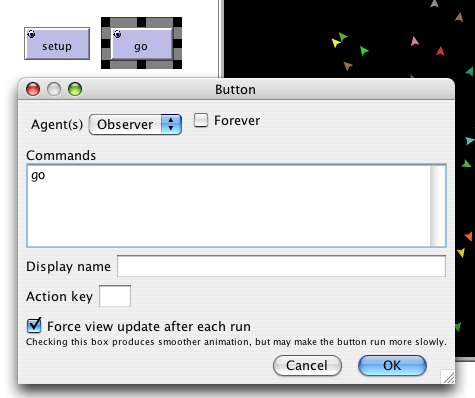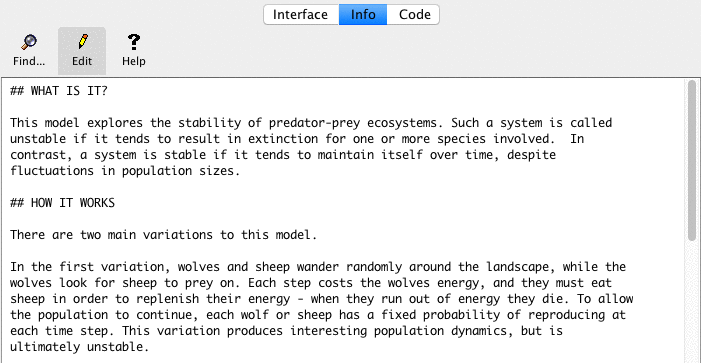
Statistically random in this case means that the sequence appears random in that the next number in the sequence cannot be accurately predicted, no matter how many previous numbers are known.
HEADING NETLOGO GENERATOR
To mimic randomness (and hence indeterminancy), NetLogo uses a pseudorandom number generator to output a sequence of "statistically" random numbers which is then used to determine the order of agents called or whenever the appearance of non-determinism is needed. It can, however, generate outputs that are indistinguishable from those generated by non-deterministic processes. Changing the seed number generates a different sequence of numbers and hence the pattern created by the agents changes.Ī serially operating computer is necessarily deterministic and cannot simulate a non-deterministic process. The seed number can be changed by using the "seed" slider. Running the model using the " go (deterministic)" button yields the same pattern everytime, just as it should. We can illustrate a deterministic process by specifying the seed number which outputs the same random number sequence every time, which in turn calls the agents in the same sequence every time. *The speed of the model can be adjusted using the slider at the top. Or use go (deterministic) to run the model using the same seed (set by the seed slider) number used to call agents. Use go (non-deterministic) to run the model with NetLogo's default of changing the sequence in which agents are called at every iteration. This looks to the observer to be a non-deterministic process.Ĭlick on setup to clear the model and/or setup the agents. This is then used to determine the order in which the agents are chosen to run the commands. With each iteration, NetLogo uses a "seed" number that generates a random sequence of numbers. The different outcomes are a result of using a pseudorandom number sequence which determines in what order the agents are called on to run the commands. If you run the model below several times (using the " go (non-deterministic)" button) you will notice that this in fact does not happen. If the starting conditions are the same and each agent is following the same commands, then the pattern of black and yellow patches should be identical every time the model is run. After all agents have executed this set of commands, they do it again.
HEADING NETLOGO PATCH
Essentially, an agent moves forward 1 space if the patch below is black it sets it to yellow and turns right if the patch below is yellow it sets it back to black and turns left. The agents also all follow the same set of commands.

That is, the setup function places the agents at the origin and gives the headings of 0, 90, 180, and 270 degrees.

The starting conditions of the model are the same every time. The model below is a variation on Langton's Ant which includes four agents. This feature of NetLogo can be used to illustrate deterministic processes as well as to mimic non-deterministic ones. For example, when a set of agents are asked to run a command, the agents must be sequentially asked because they cannot be asked simultaneously.
HEADING NETLOGO SERIAL
NetLogo is designed to mimic a parallel processing system, although it is fundamentally a serial processing one. Determinism and Non-determinism in NetLogo


 0 kommentar(er)
0 kommentar(er)
